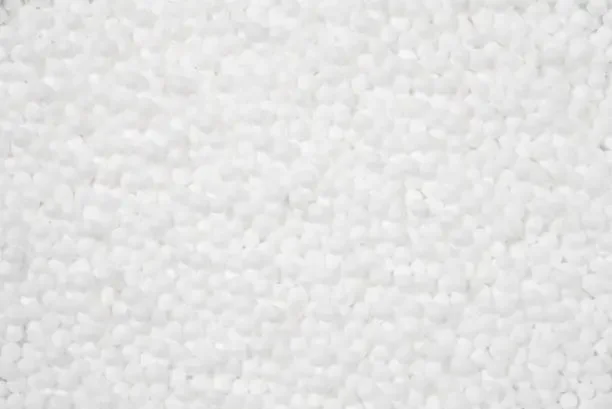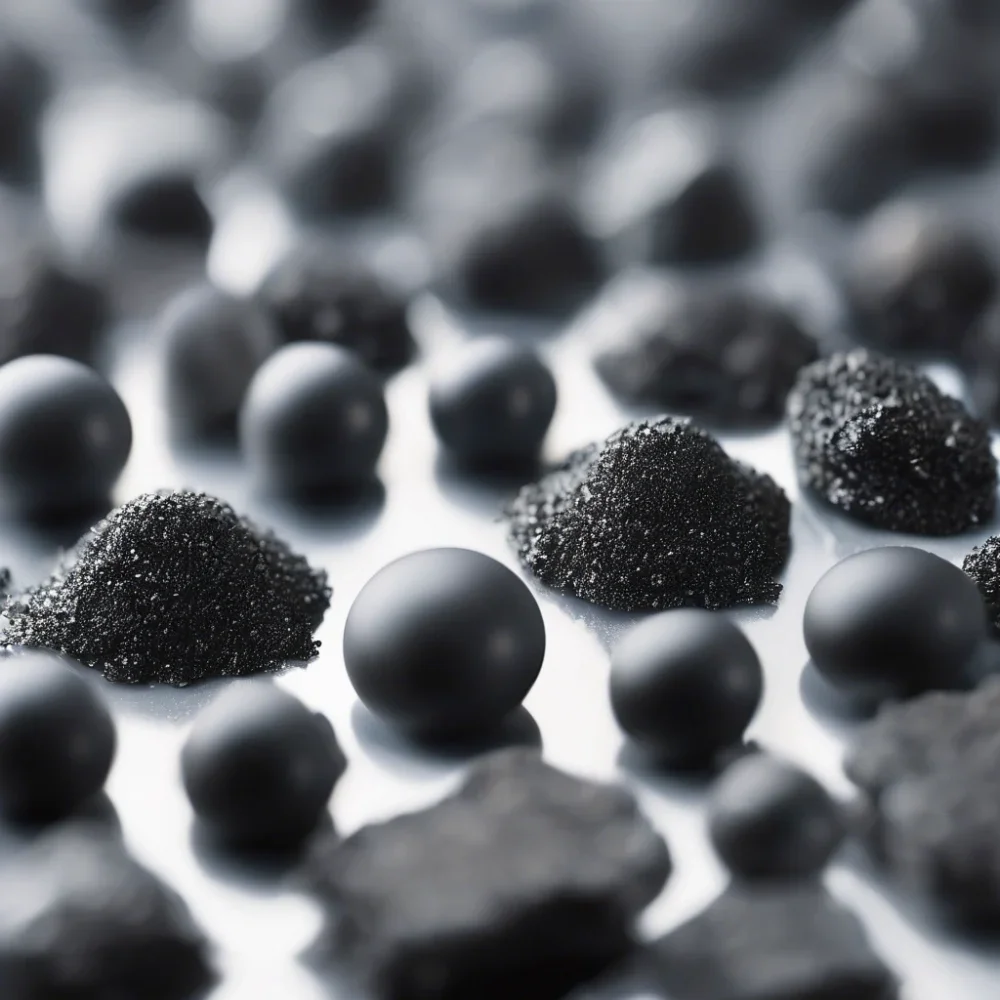Polystyrene foam beads are like tiny, plucky heroes in countless industries. They bring bold strengths to tricky tasks. This article digs into their qualities, how they’re crafted, and why they dazzle in specific jobs.

The Properties and Composition of Polystyrene Foam Beads
These beads, born from polystyrene, are like sprightly warriors. They’re featherlight, rugged, and eager for many hands-on roles.
Polystyrene weaves a tough chain of carbon and hydrogen. Phenyl groups swing like pendants on every other link. This setup makes it sturdy, heat-braving, and chummy with additives. For instance, tossing in graphite or carbon black during production kindles traits like fire resistance, static taming, and toasty heat insulation. When shaped through suspension polymerization, graphite hops aboard. This lends extra spunk for rough environments.
What Physical Properties Make Them Suitable for Industrial Applications?
These beads are as airy as a breeze, as mighty as an ox, and hold their form like a steadfast pal. These gifts make them perfect for fields like building and packaging.
Why Are They Ideal for Construction and Insulation Solutions?
In construction, especially for eco-conscious homes like passive houses, these beads wrap buildings like warm shawls. Their knack for locking in heat is stellar. They boast low thermal conductivity—less than 0.032W/M.K for advanced types like S-32. Regular EPS clocks in at 0.039W/M.K. S-32 boosts insulation by over 25%. Products like Flame Retardant Grade – F also meet strict fire safety requirements, keeping structures secure.
How Do They Enhance Packaging for Sensitive Equipment?
For fragile gear like electronics, high-density beads with tiny, uniform cells cushion like plush blankets. They guard without losing shape. The FGH-301 model, with a particle size of 0.75-1.10mm, stands as a steadfast protector for packaging precision instruments or electrical parts.
How Are Polystyrene Foam Beads Manufactured at an Advanced Level?
Crafting these beads is like baking a flawless pie. It demands finesse and top-tier tools. Let’s explore the steps and breakthroughs that make them glow.
What Happens During Pre-expansion and Molding?
First, raw beads take a steam bath. They puff up to 60 times their size, staying whole like balloons, keeping their shape. After this growth spurt, they nap for 4–8 hours to settle. Then, they’re molded into forms using steam chest molding or block molding. The curing time after foaming, usually 4–8 hours, hinges on the product’s needs.
How Have Innovations in Bead Fusion Improved Product Quality?
New tricks in molding pressure are like tuning a harp just right. They ensure beads cling tightly with a silky texture. Tweaks depend on the product’s look and how snugly beads bond. This crafts tougher, more trustworthy items for demanding roles.
What Sets HUASHENG’s Production Methods Apart?
HUASHENG is like a master sculptor in polystyrene beads. They wield cutting-edge European twin-screw extruder technology. They also draw on years of wisdom in passive house projects. Their lineup includes antistatic types, superconducting static types, ultra-low thermal conductivity types, and flame-retardant blends. These promise rock-steady quality for high-pressure fields.
The Application of Polystyrene Foam Beads
Polystyrene foam beads shine as versatile champs in demanding industries like automotive, aerospace, and electronics. These lightweight yet tough EPS cores cut vehicle weight, boosting fuel efficiency in cars without losing strength. Infused with carbon black or graphite, they quiet noise like a soothing lullaby, perfect for calmer airplane cabins or car interiors. In electronics, their shock-absorbing nature gently protects fragile components during shipping or rough handling. With uniform sizes, these beads mold precisely into appliance shells or electronic casings, meeting strict standards with ease.
Environmental Factors to Be Considered When Choosing EPS Materials
Going green and staying safe are big deals when picking these materials. Let’s check how they stack up. EPS is like a reusable jewel. It can be reworked mechanically into new treasures like picture frames or insulation boards. This keeps waste down. Using non-HBCD flame retardants is like picking a green trail. It aligns with EU REACH and ROHS standards. This ensures earth-kind products that don’t skimp on performance.
EPS shines with steadier form and cheaper cost than EPP (Expanded Polypropylene). It also outdoes PU (Polyurethane) in recyclability and fire resistance when paired with flame retardants. Each foam has its moment, but EPS balances price and power neatly. EPS is like a thrifty victor. Its budget-friendly materials and scalable production make it ideal for big tasks in construction or packaging.
Can You Customize Polystyrene Foam Beads for Specific Applications?
Polystyrene foam beads are like moldable clay, easily customized to meet specific needs across various applications. Their adaptability shines through tailored density levels, ranging from feather-light to over 30 kg/m³, ensuring the perfect fit for any project. For instance, HUASHENG’s S-33 series is designed for external wall insulation, delivering high compressive strength for durable performance.

Post-molding coatings act like a raincoat, enhancing adhesion or shielding against moisture, making them ideal for blending with composites or laminates. HUASHENG, a high-tech leader in EPS foam solutions, excels at crafting these beads to precise specifications, offering custom sizes, densities, and finishes to match your project’s demands. Whether it’s insulation, packaging, or specialized molding, HUASHENG’s innovative approach and eco-friendly options ensure top-quality results every time.
How Is Quality Maintained Across Production Batches?
Keeping quality steady and safe is like ensuring every batch of cookies tastes divine.
Products follow EU REACH and ROHS standards. They also hit B1-level fire safety certifications. This makes them safe for tough roles. Tests check stability, strength, fire resistance, and expansion ratios for each batch. Tweaks during production keep quality as steady as a heartbeat.
FAQ
Q: Can polystyrene foam beads be used outdoors?
A: Yes, but they need a shield from sunlight. UV rays can weaken them over time. Avoid sunlight exposure.
Q: What’s the typical curing time after foaming?
A: It takes 4–8 hours, depending on the product. The curing time after foaming is usually 4–8 hours.
Q: Are there anti-static options available?
A: Yes, some blends have conductive additives. They deliver top-notch anti-static powers.






